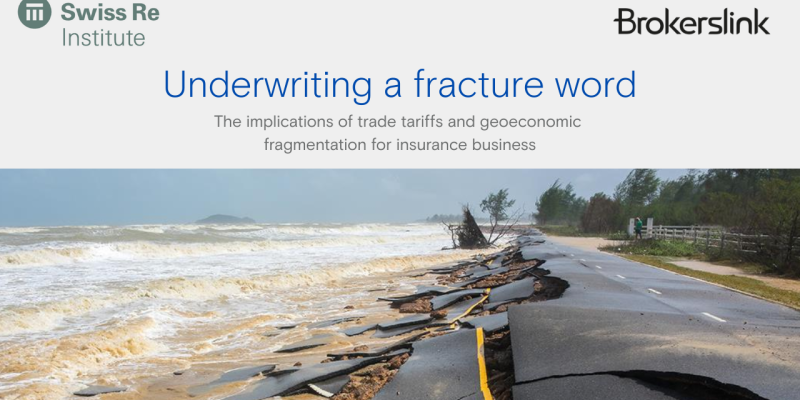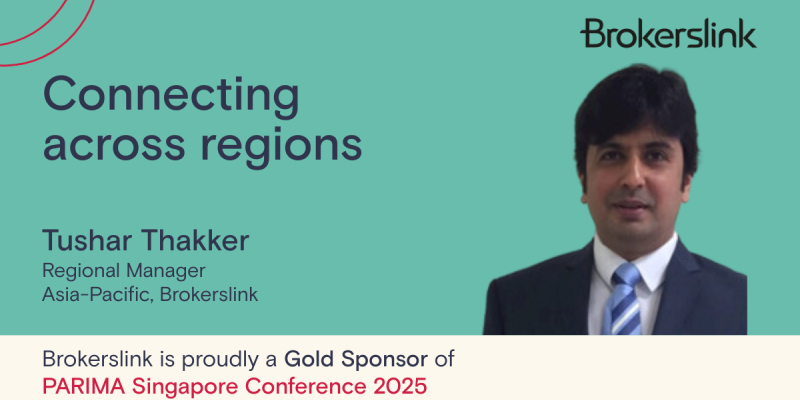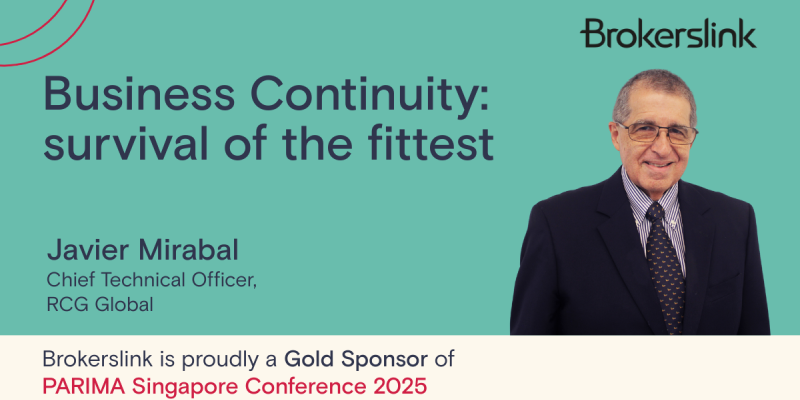Cosmo Warner, Director, War, Terrorism and Political Violence, Price Forbes
From the violent immigration protests that erupted across Los Angeles in June 2025, to the riots that rocked Northern Ireland towns like Ballymena, recent events underscore a stark reality: political violence and civil unrest are no longer distant threats confined to unstable regions. They're happening on the doorsteps of developed economies, with businesses bearing the brunt of property damage, operational disruption, and financial losses.
A market in transition
The political violence insurance market has undergone dramatic changes in recent years, transforming from a niche, profitable line of business into a critical area of coverage that demands careful attention from brokers and risk managers alike.
Historically, political violence insurance was a highly profitable line with low claim ratios and relatively inconsequential losses. However, this changed dramatically over a four to five-year period when the market experienced significant losses from events including the Russia-Ukraine conflict (estimated at $6-8 billion alone), South Africa riots, and Chilean unrest. To put this in perspective, the global political violence market typically generates approximately $1 billion in premium annually, meaning that approximately 10 years’ worth of premium was essentially burned through in just a few short years.
This crisis led to a dramatic market hardening, with rates increasing significantly and capacity becoming scarce. Interestingly, and perhaps surprisingly, the market has since come full circle, with new entrants capitalising on improved rates, creating what is now actually a relatively soft market, with competitive pricing and an abundance of capacity.
Are businesses really covered?
One of the most critical challenges facing businesses today is understanding exactly what they're buying. Political violence insurance typically comes in three main variants:
- Sabotage and terrorism coverage
- Sabotage and terrorism plus strikes, riots, civil commotion and malicious damage
- Full political violence coverage - including all of the above plus war, insurrection, coup d'état and civil war
The distinction between these coverage types has become increasingly important, particularly given ongoing legal disputes over whether current conflicts constitute terrorism or acts of war.
In the past, many businesses might have been able to ‘get away with’ buying fairly basic terrorism cover, but with civil unrest spreading and global tensions escalating in many regions, that may no longer be enough, as some coverholders are finding to their detriment.
Another emerging issue is the traditional reliance on property damage triggers. While many civil unrest events involve looting and destruction that trigger standard policies, there's a growing trend toward peaceful protests that can still severely disrupt business operations. These ‘non-damage’ events can trigger business interruption without the traditional property damage, making non-damage business interruption coverage increasingly relevant.
Education is needed
Perhaps the most significant challenge is the lack of awareness among businesses about their exposure. Similar to cyber insurance in its early days, political violence coverage is relatively new, and many businesses remain unaware of their vulnerabilities. The situation is complicated by the fact that property programs historically provided some strikes and riots coverage as sub-limits, but many are now excluding it following major losses of recent years.
Until the worst happens, many don’t realise they need the cover, and at that point it may already be too late as losses will be flooding into the market, making cover more expensive.
Ask more from your brokers
There are four key things I’d advise all risk managers to do when considering their coverage requirements:
- Conduct comprehensive policy audits: they must make sure they're buying the right level of cover, and regularly review any existing policies to ensure they continue to meet current needs.
- Assess local risk: it is essential to keep up to date with what’s going on in the local area to ensure cover can respond to any events unfolding in the locale.
- Understand coverage definitions: risk managers should remain up to speed with the current definition of what constitutes political violence, war and terrorism to avoid disputes later down the line.
- Consider cost vs. benefit: in some instances, self-insurance may be more cost-effective than buying a policy outright. Brokers must work creatively and proactively with their risk manager clients to assess the best possible solution.
Of course, I’d advise risk managers and brokers to work with an expert in this market, such as Price Forbes. We take a proactive approach to risk assessment, working closely with both our underwriting partners and on-the-ground security consultants who provide deep insights into global developments. This approach enables us to give expert advice on the level of cover each client needs.
The key takeaway for businesses is the importance of getting ahead of potential issues. This means conducting comprehensive risk assessments, understanding policy differences, and ensuring coverage aligns with actual exposures rather than simply accepting the cheapest option.
In today's volatile political climate, political violence insurance isn't just an optional extra, it's fast becoming an essential component of comprehensive risk management. The question isn't whether your business needs this coverage, but whether you can afford to be without it when the unexpected happens.






